
Continue reading
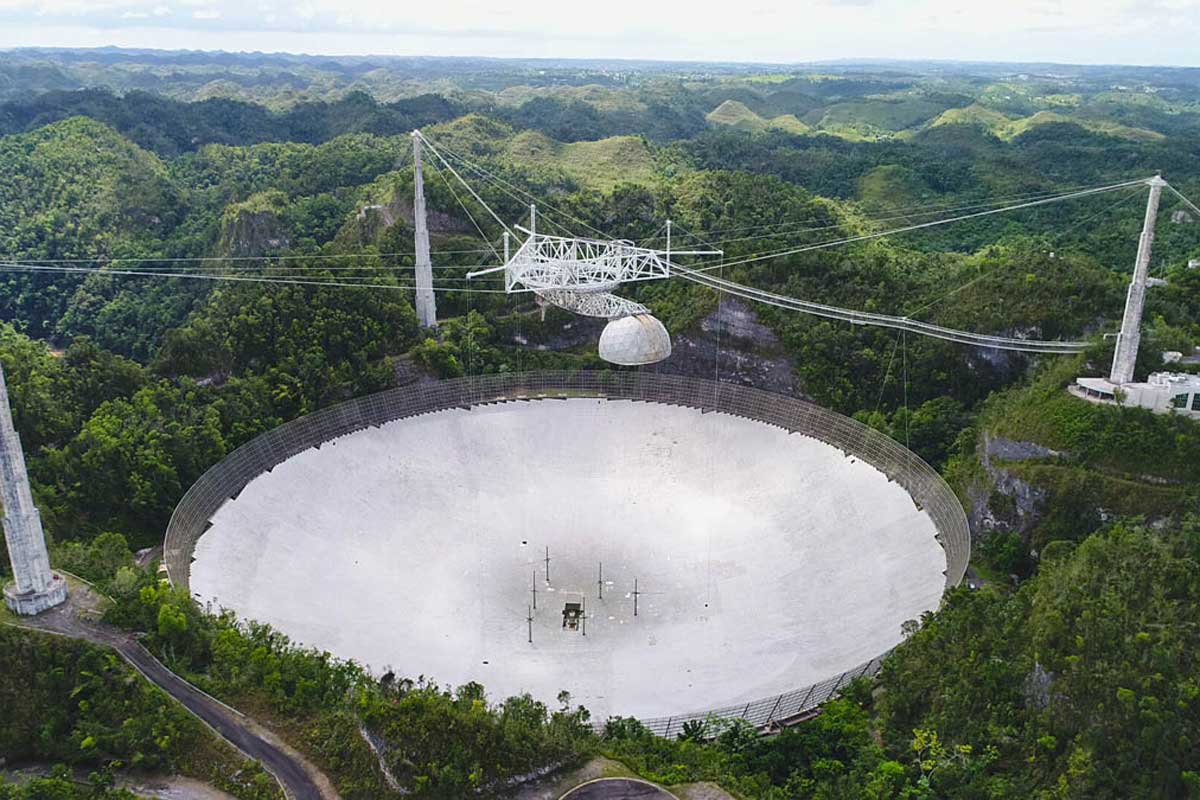
Continue reading

The theory of black holes has several mathematical oddities. Recent research shows our understanding of rotating black holes might not be as strong as we thought.
Continue reading

Continue reading

Continue reading

NASA's TESS mission has turned up thousands of exoplanet candidates in almost as many different star systems. But if one or two planets show up in a system, that means it's aligned with Earth, and that means we should be able to see even more in the same system. In a new paper, astronomers calculate which planetary systems have room for more exoplanets, creating a list of priority targets for further study.
Continue reading

Continue reading

Continue reading

Black holes are incredible powerhouses, but they might generate even more energy thanks to an unusual effect known as frame dragging.
Continue reading

Continue reading

As we saw with JWST, it's difficult and expensive to launch large telescope apertures, relying on origami techniques to unfold the full mirror. A new paper proposes that telescope mirrors could be made out of a thin polymer that's only 200 micrometers thick. It could be rolled up inside a rocket fairing and then unrolled once it gets to space. This could allow apertures vastly larger than anything currently in space, with several working together as an interferometer.
Continue reading

Continue reading

The spectra of distant galaxies shows that dying sun-like stars, not supernovae, enrich galaxies the most.
Continue reading

Continue reading

Continue reading

Continue reading

Continue reading

Continue reading

Continue reading
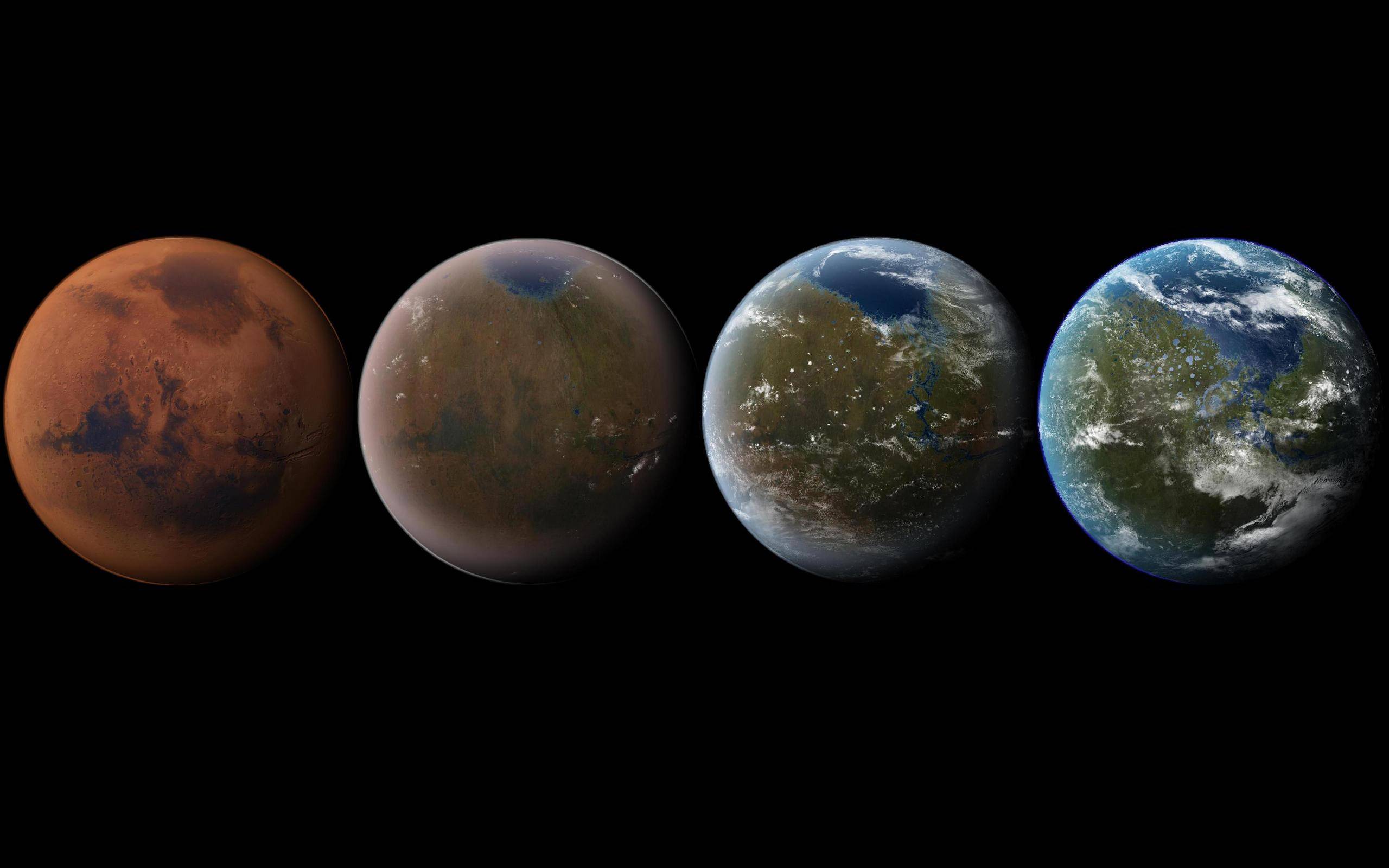
Freeman Dyson proposed that advanced civilizations might eventually harvest all the energy coming from their stars by surrounding them with a swarm of solar-collecting satellites. But other astronomers have proposed that we might see all that rock go into the construction of artificial planets instead, surrounding a star with dozens of habitable worlds and captured rogue planets. If we detect a star system with a surprising number of planets, they could be artificial.
Continue reading

Continue reading

Continue reading

Continue reading

Continue reading

Dust grains older than the Sun can tell us about how supernovae enriched the cosmos with heavy elements, but the details are subtle and require more study.
Continue reading

Long-period comets can have orbits that can take hundreds of years before they return to the inner Solar System and sometimes come dangerously close to Earth. To search for potentially hazardous comets, astronomers have used meteor showers as a historical record. When the Earth passes through a meteoroid stream left by a comet, we see a meteor shower. From these showers, they can calculate the orbit of the comet and predict when it will come back to our neighborhood.
Continue reading
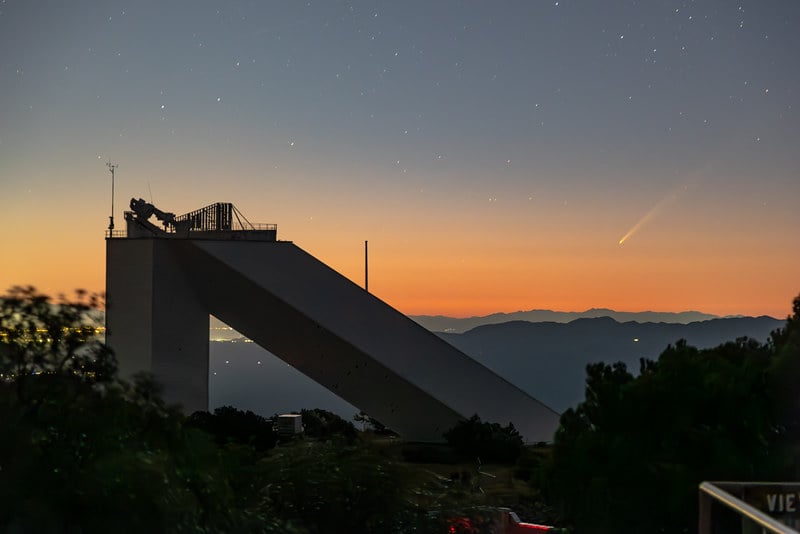
Comet C/2023 A3 Tsuchinshan-ATLAS survived perihelion to become a fine dusk object for northern hemisphere observers.
Continue reading

Continue reading

Continue reading

Continue reading

In 2005 astronomers found a pulsar rotating at 716 times a second. Now a team studying an X-ray binary has found another neutron star spinning at that rate.
Continue reading

Continue reading

Continue reading

Continue reading

Sungrazer C/2024 S1 ATLAS breaks apart at perihelion.
Continue reading

Continue reading

Continue reading

Continue reading

Continue reading

Continue reading

The TRAPPIST-1 system is exciting because of several Earth-sized worlds within the habitable zone of a red dwarf star, but it's also a dangerous environment, with powerful superflares sweeping past the planets. How would the hardiest Earth life handle that kind of environment? Researchers exposed two types of hardy Earth bacteria to TRAPPIST-1 level flares and found that both could handle it, even without any protective shielding. Life is surprisingly durable.
Continue reading

Continue reading

Continue reading
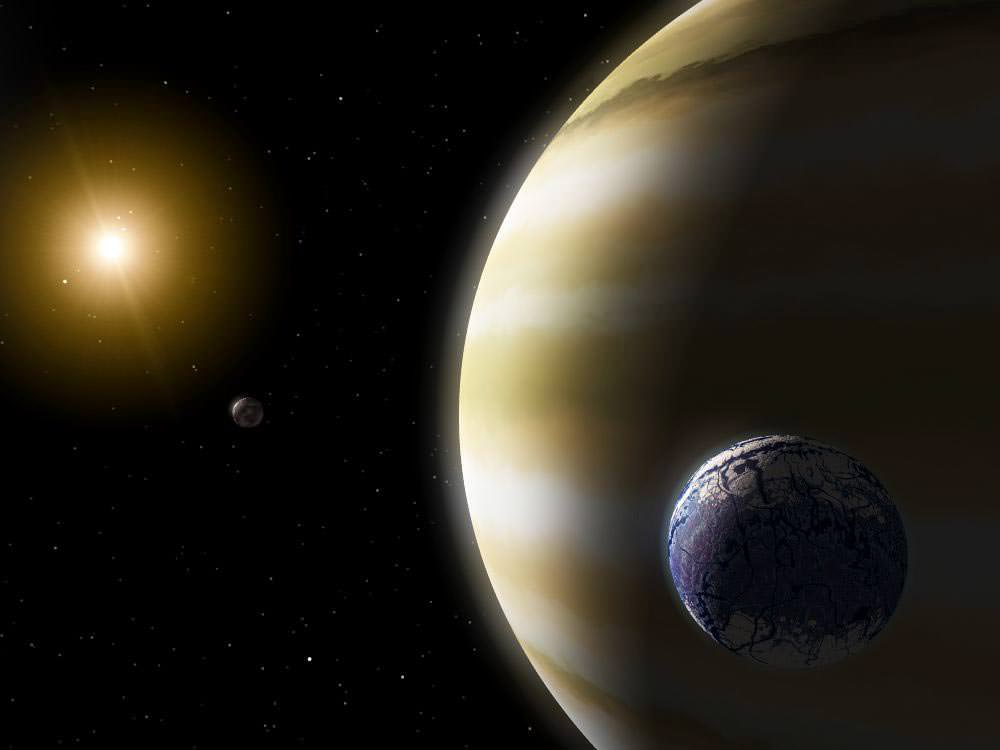
Continue reading

There are a few telescopes under development that could reveal evidence of life on exoplanets. One is the Large Interferometer for Exoplanets, under consideration by the European Space Agency. This constellation of telescopes should be able to detect atmospheric biosignatures on nearby terrestrial planets. Recently, mission planners developed a preliminary database of targets that LIFE could point to, with the best chances of finding inhabited worlds.
Continue reading

Continue reading

Continue reading
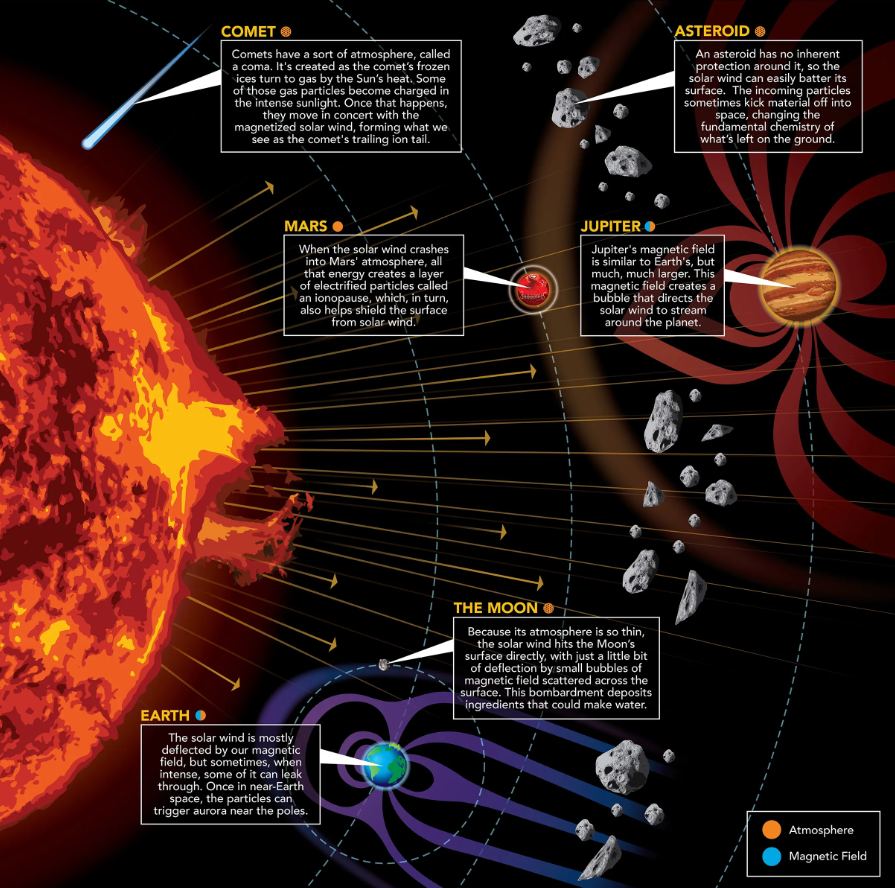
Continue reading

Continue reading

Triple star systems are very common in the universe, but now astronomers have found a system where one of the stars is a black hole. They're located in the V404 Cygni system, about 8,000 light-years away. At the center is a black hole consuming a small star, while a third star is orbiting the black hole every 70,000 years or so. Astronomers had spotted this third star a long time ago, but only recently discovered that it's part of the system thanks to Gaia.
Continue reading


















































